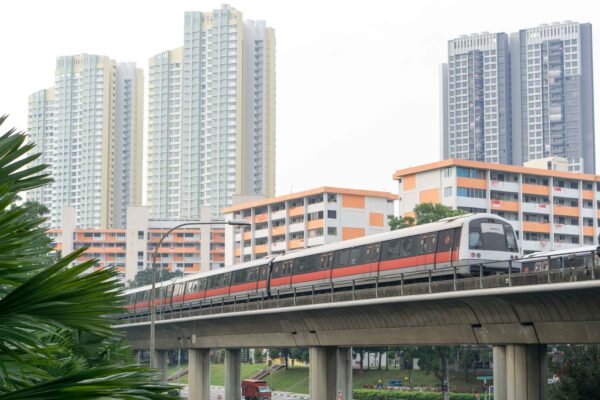
About two years ago, I wrote about Mediocre Engineering, Failed Management, in reference to SMRT’ s breakdowns. I was wrong. While it’s clear their management has been a failure, it’s beginning to emerge that their engineering isn’t doing that much better either. If I were to use favourite words from Donald Trump, they would be labelled an “absolute disaster”.
I am shocked to hear SMRT Trains CEO Lee Ling Wee explain that SMRT has “no choice” but to conduct checks on the new signalling system throughout the operating hours. Surely there are choices, some are not as good as others, some may be preferred over others, and indeed different stakeholders may have different views on those choices. SMRT made a choice. They chose to conduct signalling tests during operating hours. They chose what they, or at least some subgroup of them, thought was the best option.
The question then is, best according to whom?
SMRT has been trying to manage expectations. More specifically, they have been trying to lower commuters’ expectations of reliable train services. They have asked commuters to expect delays and disruptions as they test out the new signalling system. At the rate the delays and disruptions are happening, it seems to me that SMRT should go back to more basic, fundamental, testing before trying to test out the new system during regular operating hours.
I’ve no experience in running trains, but I find it unbelievable that there could be no better way to test the new signalling system while minimising the impact of delays and disruptions to commuters. SMRT has offered no sound technical reasoning that the testing, and the associated delays and disruptions, have to happen the way they are doing it now. Have they fully exhausted all testing in lab environments, mock ups, shadow system testing, parallel live run, and some sort of limited testing in a segment of the live rail network?
I can’t imagine in any other industry we would tolerate such a testing fiasco with a critical system. Can the stock exchange tell traders to expect delays and disruptions while they upgraded their IT system, and then get away with actual delays and disruptions impacting their core operations?
Mr Lee, two years ago, talked about shortening MTBF. He probably thought it would impress the public. Unfortunately, he did achieve his objective to shorten mean-time between failures. He’s now talking about unknown unknowns, referring to the Circle Line disruptions in 2016, and how they are adopting a planned, systematic approach to testing the new signalling system now.
He’s trying to sound very clever. There were no unknown unknowns about the Circle Line disruptions. They knew there was a problem, they knew what the problem was about, they just didn’t know how to troubleshoot it. It’s like the circuit breaker in your house keeps tripping, but your electrician just can’t figure out why. After many days, you make a keen observation that the circuit breaker trips on particularly hot days, when you have too many air-conditioners working too hard, and thus you’ve isolated the cause of the problems, even though you’re not an electrician.
Isn’t it very embarrassing that GovTech could solve a problem through observing the data, when the experts themselves are clueless about solving problems in their own specialist domain? GovTech did a great job, and we should all be happy they solved a really puzzling problem. Why was SMRT not able to solve this problem themselves?
For all the engineering, techie, types out there, to think of a system as if it were some “magic”, that would be very sad, no?
SMRT will adopt a planned, systematic approach to testing the new signalling system. Was there no planned, systematic approach to testing in the Circle Line disruptions?
Drawing a comparison to the Circle Line disruptions leaves me highly suspicious about SMRT’s engineering capabilities. To have the CEO lead the way talking about unknown unknowns, is like playing down the incompetency of a plumber who can’t fix a leaking tap.
SMRT’s unknown unknown is engineering. They don’t know that they don’t know about engineering. Technically, that is a known known.
No wonder then that we are facing so many problems with the new signalling system. The system is far from a release-candidate, it’s not even in beta. At best, this is a pre-alpha that is being tested live, and commuters are the guinea pigs. Ordinarily, test subjects are paid for their participation in trials. In this case, commuters are paying to be guinea pigs.
I’m not impressed at all, but I certainly hope that the new signalling system, aimed at reducing train interval from 120 seconds to 100 seconds, will be worth it.
1 thought on “SMRT’s Known Known Is Engineering Failure”
View Comment Policy